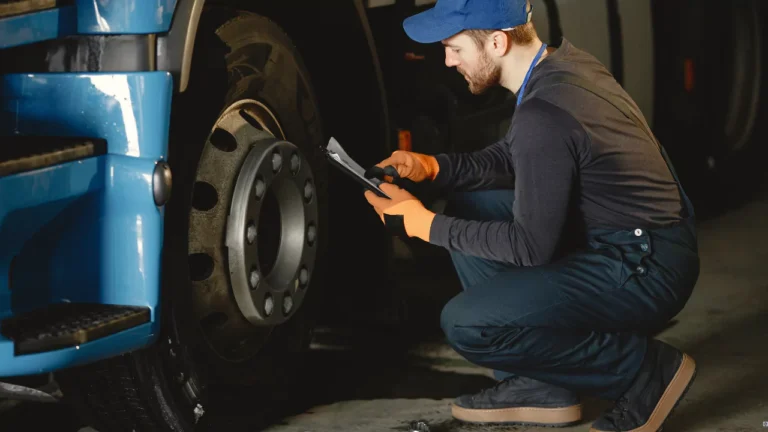Scania trucks are famous for their excellent engineering, saving fuel and ability to last long on heavy routes. However, knowing how to correctly look after genuine Scania parts makes your vehicle last longer and reduces stops while enhancing the overall expense of owning it.
Below are key maintenance tips for various Scania parts:
1. Prioritise Genuine Parts
Always use parts from the Original Equipment Manufacturer or good quality aftermarket ones when you replace components. Genuine Scania parts are made to operate perfectly with your vehicle’s systems, guaranteeing the best performance, safety and fuel efficiency. Using non-OEM elements might risk the stability of your truck. It may also lead to early wear or increased fuel usage.
2. Implement a Preventive Maintenance Schedule
Adopt this based on Scania’s service intervals rather than waiting for components to fail. Use Scania’s Maintenance Indicator System. It uses telematics and real-time information to customise service intervals depending on the operating situations, such as mileage, load, and type of road.
3. Monitor Engine Components Closely
Check key components such as:
- Turbochargers: Check for oil leaks, excessive noise, or reduced boost pressure.
- Fuel injectors: Watch for signs of poor fuel economy or rough idling.
- EGR (Exhaust Gas Recirculation) systems: Maintain cleanliness to avoid NOx control malfunctions.
Frequent filter and oil changes using lubricants approved by Scania can stop the build-up of sludge. This way, it helps to protect the long life of your engine.
4. Inspect and Maintain the Cooling System
Overheating is a primary reason why the engine stops working. Check the radiator, coolant hoses, thermostats and water pump for any signs of damage or leaks. Make sure that there is enough coolant at the proper concentration and change it as per Scania’s service advice.
5. Transmission and Driveline Care
Check the transmission fluid regularly and change it as per Scania guidelines. Look at propeller shafts, universal joints and differentials for too much movement, vibrations or leaks.
6. Maintain the Air System
Your truck’s air suspension, brake system and clutch operation depend a lot on the clean and effective airflow. Regularly empty the air tanks to remove moisture and replace dryer cartridges. Check for any leaks or irregularities in pressure from the compressor and valves..
7. Brake System Vigilance
Scania’s braking systems, including disc and drum brake variants, must be inspected for pad thickness, calliper integrity, and air pressure efficiency. Use only Scania-certified brake pads and components to maintain braking performance and comply with safety regulations.
8. Electrical and Diagnostic Systems
Modern Scania trucks have complex CAN bus networks and diagnostic modules. Routinely scan for fault codes using Scania’s SDP3 software. Ensure the battery terminals, wiring harnesses, and sensor inputs are clean. They should also be secure and working correctly.
Conclusion
Spend time on regular Scania truck maintenance using genuine parts and correct methods. This observance guarantees reliable operation, safety for the driver and utmost profit from your fleet. Collaborate with a certified service centre to get expert help diagnosing issues, supplying parts, and supporting maintenance based on your vehicle’s setup and use.
